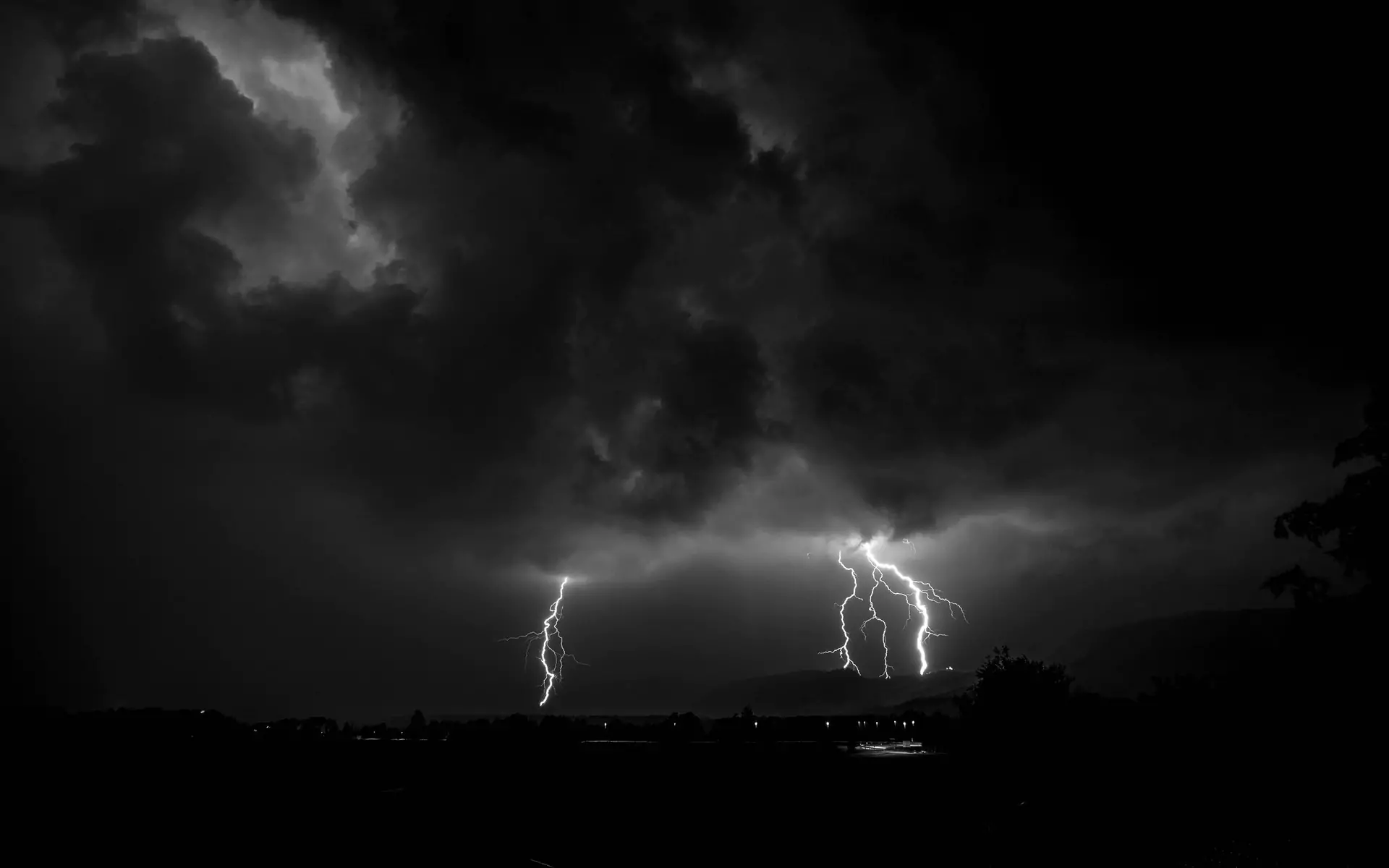Our atmosphere produces a fascinating array of weather events. In many areas of the world, weather is changing constantly and challenging us as we live, work and play. Recent times have seen the introduction of professional quality instruments for use by amateurs and enthusiasts. It is now possible to set up home weather station and perhaps even contribute data to local professional forecasters and the Internet.
One of the best ways to start on the path of becoming a weather watcher is to spend time watching the sky. Learn the names of different types of clouds. Follow their movements across the sky. As you become more familiar, you will be able to make educated guesses about coming weather conditions.
Learn to distinguish between low-level, middle-level and high-level clouds. Approaching frontal systems are usually heralded by increasing middle- and high-level clouds. If this is followed by low-level cloudiness, rain or snow is probably not far behind.
Fair weather cumulus clouds indicate a stable atmosphere with little chance of precipitation. On the other hand, if you observe rapid, explosive development of cumulus clouds, then you may be almost experiencing strong thunderstorms with gusty winds, heavy rain and even hail.
Weather systems in the middle latitudes generally move from west to east. But keep in mind that local features may affect local winds. For example, sea breezes in coastal areas may not follow the direction of approaching systems. Or, large thunderstorms draw air into themselves to fuel their convective engine. So winds may actually blow in an opposite direction to the storm's movement.
Close observation of wind direction and barometric pressure can indicate approaching weather. In the Northern Hemisphere, the approach of frontal systems is often accompanied by falling barometric pressure and winds blowing out of the southwest.
Keep logs of your observations, predictions and actual weather events. That will help you learn what local conditions mean and improve your forecasting accuracy.
